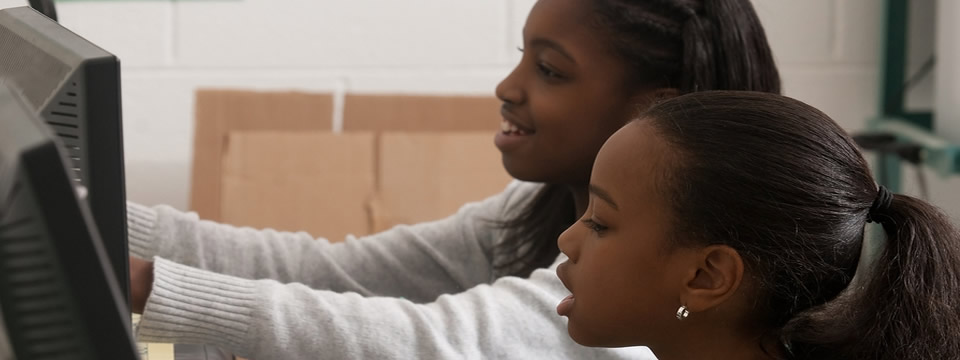How the pandemic aged teen brains
By Sabrina Moreno, Reprinted from AXIOS
The stress of living through the pandemic physically changed adolescents’ brains and prematurely aged them by at least three or four years, according to a Stanford University study.
Why it matters: While the behavioral effects of the pandemic are well-documented, data on youths’ neurological development has been scarce.
What they found: In a comparison of 163 teenage MRI scans, half of which were taken before the pandemic and half after, the “after” group displayed accelerated signs of aging commonly seen in children experiencing violence and neglect.
- A 16-year-old girl’s brain might be the equivalent of a 19 or 20-year-old’s before COVID, with an enlarged hippocampus — deemed the center of memory and learning — and amygdala, which processes emotions.
- The youths studied were also more likely to report severe anxiety, depression, and internalizing mental health problems.
The study began eight years ago, with the original goal of understanding why adolescent girls have higher rates of depression than similarly aged boys.
- Researchers first looked at the effects of early life stress on younger brains and clinical outcomes like anxiety and suicidal ideation, with the plan to bring the same participants in every two years, four separate times.
- COVID shut down the research halfway through the third round for 10 months — blowing a hole in the initial timeline, said Ian Gotlib, the study’s lead author and a psychology professor at Stanford.
- So they decided to test whether the participants were the same as they were pre-pandemic, Gotlib told Axios. “And it turns out, they’re not.”
Yes, but: Accelerated aging of the brain itself is not necessarily a bad thing, said Gotlib, who pointed to worrisome behavioral health challenges.
- Researchers will follow up with these participants again in two years to see if the aging continues to accelerate or if the phenomenon slows down with fewer pandemic stressors. It’s too soon to know, Gotlib said.
- “These are 16, 18 year olds. They’re not atrophying in the alarmist sense,” Gotlib told Axios. “For me, the cause for concern is their higher rates of depression and anxiety and sadness … it makes it even more important that we address that.”
Between the lines: School closures and separation from peers during the pandemic created a form of toxic stress for teenagers, said John Richardson-Lauve, mental health director at ChildSavers, a nonprofit focused on trauma-informed therapy for children in low-income areas.
- That can lead to a person having less control over their amygdala, which will trigger a fight or flight response in traumatic situations, said Richardson-Lauve.
- As for the hippocampus, experiencing adversity can mean processing memories differently and in a non-linear way as a form of coping.
- While the brain has the ability to heal and bounce back, “we can never erase the events of the trauma of the experience,” Richardson-Lauve said. “Things never go back to normal after bad things. It’s kind of a myth.”
Of note: Multiple factors influence how youths with mental health challenges handle adulthood, said Randy Auerbach, a neuroscience professor at Columbia University who studies depression and suicide in adolescents.
- Outcomes hinge on a person’s access to quality health care, openness to being in treatment, and the availability of that treatment.
- There’s also a critical shortage of behavioral health workers to meet the need for services, per a CNN and Kaiser Family Foundation report in October.
What’s next: Gotlib said researchers are looking to compare brain scans of teenagers who were infected with COVID to those who weren’t to identify changes.
- In the study, the scans of 10 subjects who got the virus looked worse than those of uninfected subjects, Gotlib said.
- But even when those youths were excluded from the study, the physiological aging observed across the adolescents studied did not change.
The bottom line: “I don’t know how far out these effects are going to go,” Gotlib said, but “they’re here now for sure.”
To access the resource, please click here.










